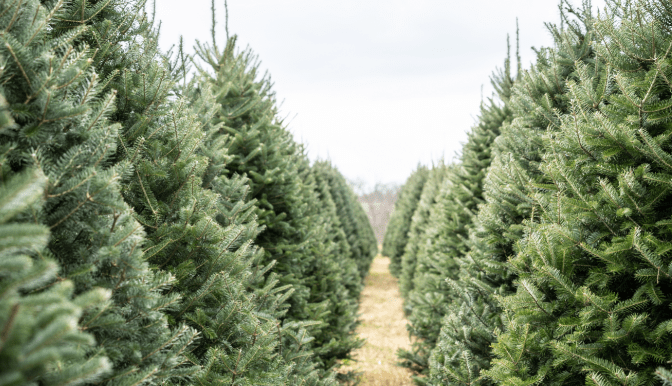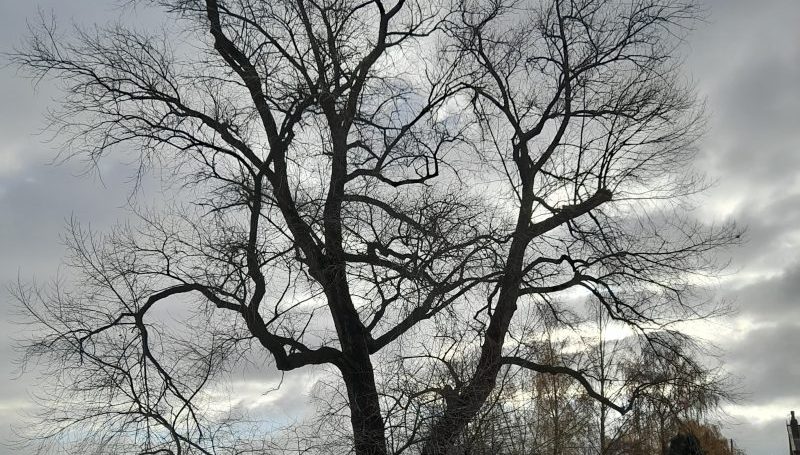Autumn is a magical time of year signaling the transition from summer to winter. The change that is about to come is felt all round us – we can smell it in the air, feel it in our bodies, and see it. As the leaves start to change colour, we change the way we dress, the food we eat and how we spend our time. We start to slow down, harvest the fruits of summer, and prepare for winter.
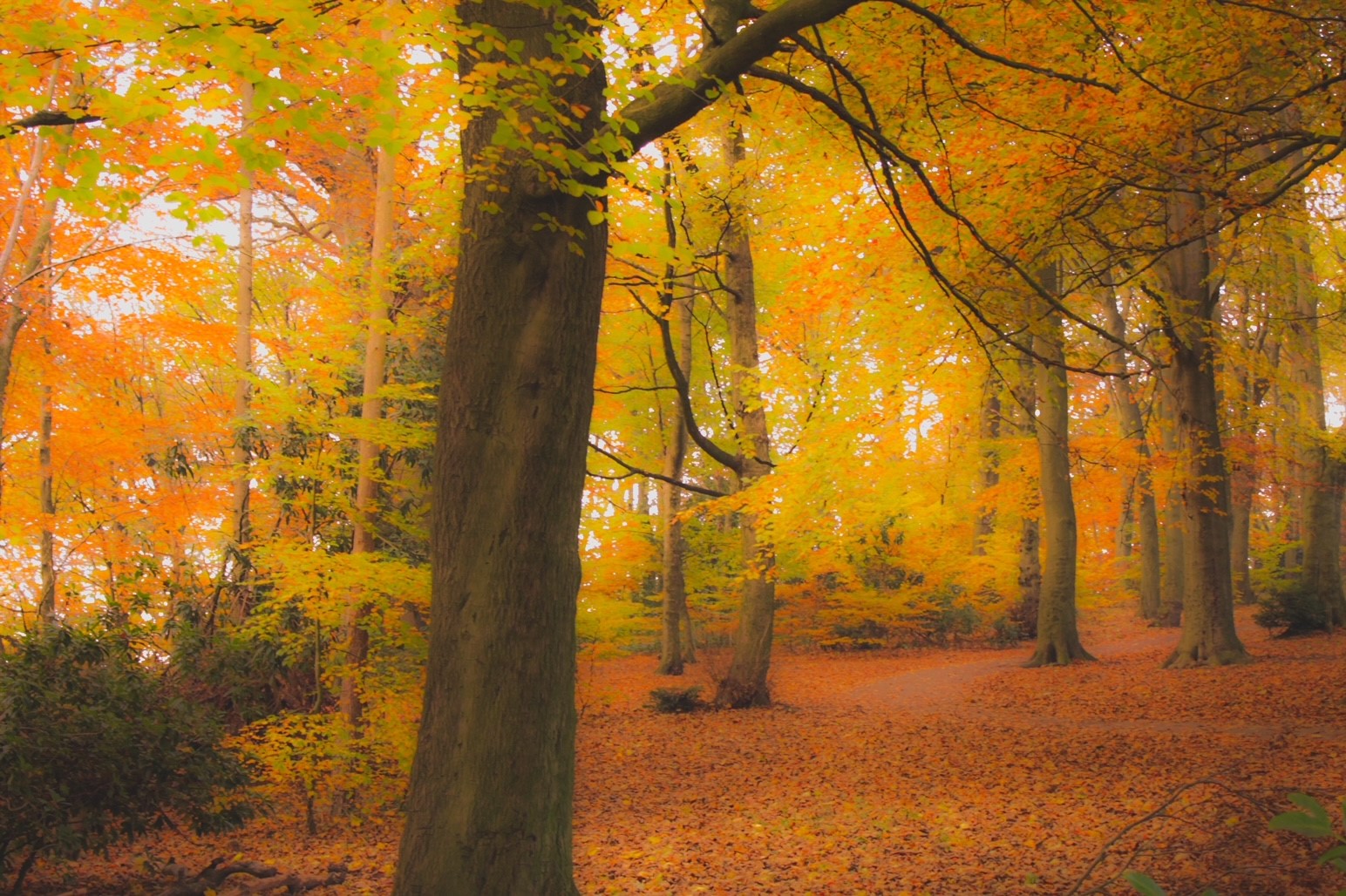
For many of us at Ecus, the approach of winter can mean a change in how we work. As wildlife prepares to hibernate, vegetation starts to die back, bad weather can prevent us being outside, and the daylight hours start to wane, so some of our work can be curtailed. However for our arboriculturalists, autumn can present some new opportunities.
Autumn offers all of us a chance to experience the colourful beauty of trees before the winter months. Spending time around trees can have a positive effect on your mental health. They help us to feel less stressed and more restored. Research has shown that the simple sight of trees can calm the body, lower blood pressure, enhance our mood, and make us more relaxed.
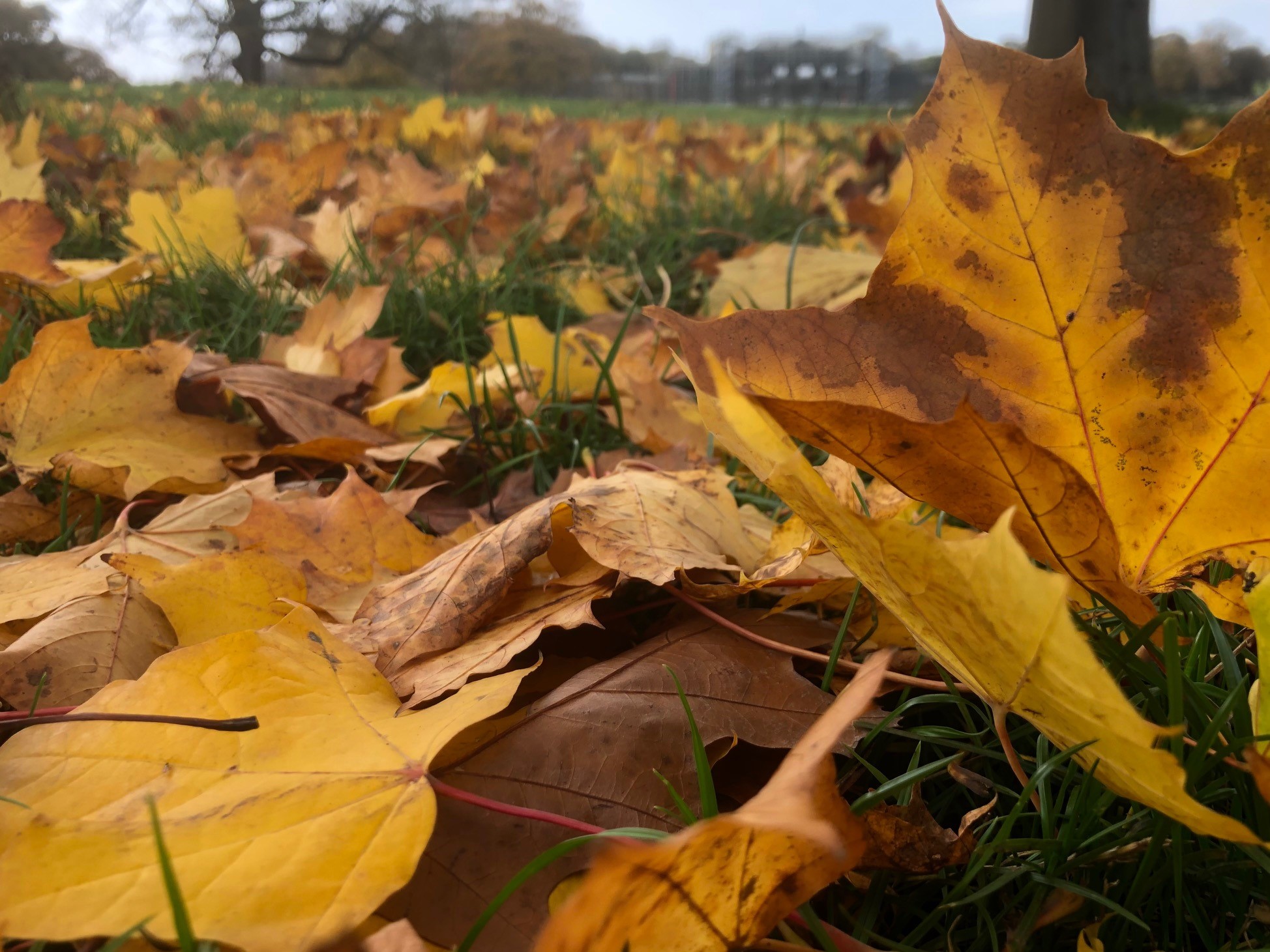
As deciduous trees start to prepare for winter, the reduced amount of light during autumn and into winter causes the leaves to change colour and fall off. Chlorophyll, which gives leaves their green colour, is one of the first molecules to be broken down for nutrients during autumn. The shedding of leaves helps trees to store and conserve water and energy stores for winter months. Before the leaves fall, the trees take all the nutrients and energy they can from them.
For arboriculturalists, autumn is a fantastic visual event; while trees are, in effect, starting to hibernate, we’re still able to carry out many services. The huge changes that affect their physical structure can both help and hinder how we work with trees. When leaves fall we’re able to see the inner structure of trees more easily. This helps us in spotting potential structural issues, such as where limbs could fail and fall. A better view also allows us to spot any fungal issues that could affect the health of trees. Lack of leaves also makes aerial tree inspections much more effective. But the lack of leaves can also lead to problems identifying different species – leaves are the best indicator of what kind of tree we’re dealing with. No leaves also means it can sometimes be hard to identify any dead wood – if there are no leaves or buds then how do we know if the tree has died or is just in its natural winter state?
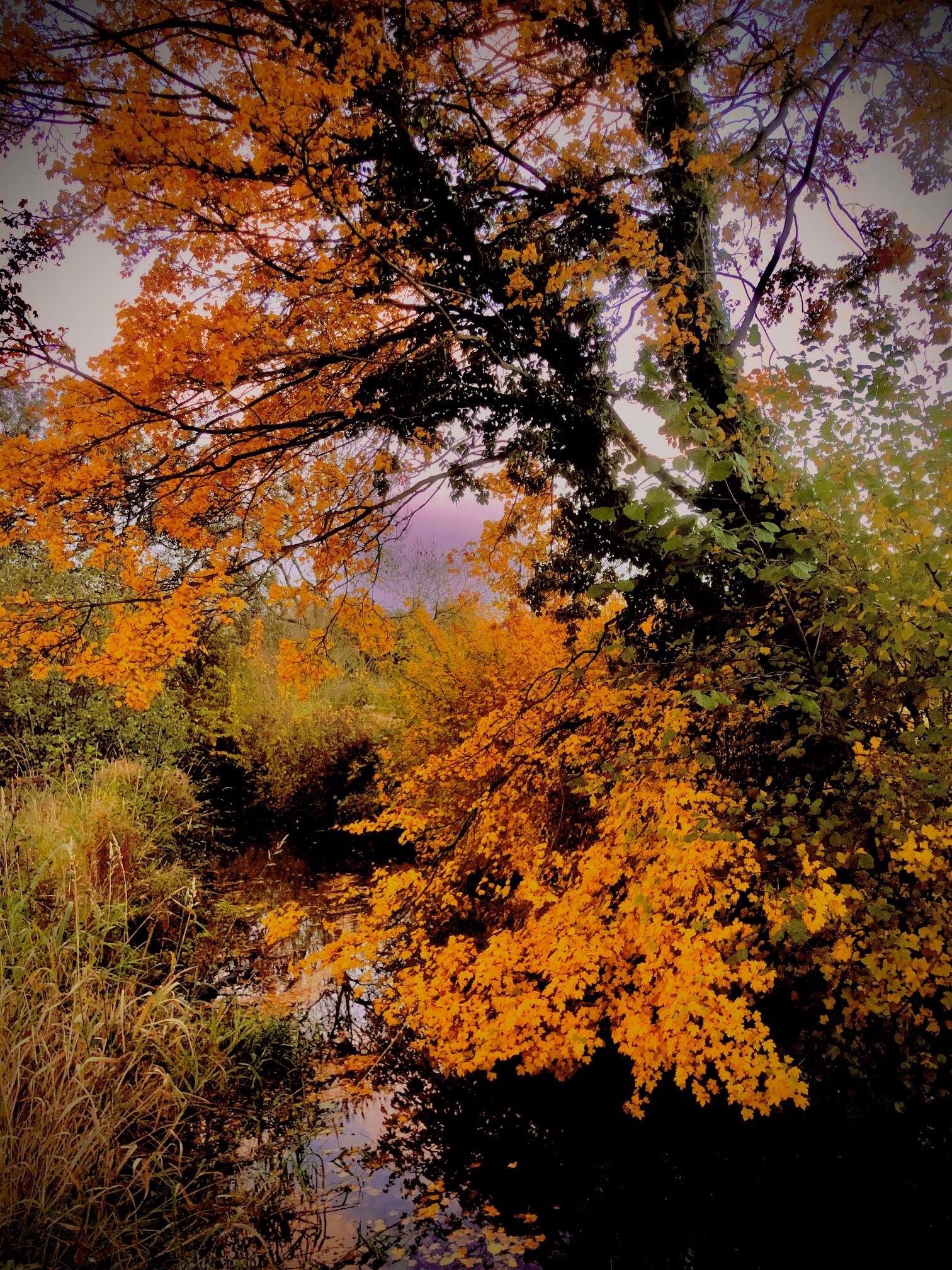
As we know, it’s harmful to interfere with trees during the nesting season of birds, but during autumn we know that birds aren’t nesting, so it’s a time when we can carry out important work to ensure trees are healthy, looked after, and do not pose any hazards.
It’s important that anybody who has trees on land they are responsible for ensure those trees are safe and won’t cause injury to any people, vehicles, buildings or infrastructure, such as power lines. Autumn is renowned for being a particularly stormy season here in the UK, so the chances of dead branches falling, or even dead trees being blown over are drastically increased by strong winds and possible lightning strikes. Regular tree inspections mean that we’re able to identify and remove any potential hazards such as dead branches. Moving into winter often means heavy snowfall, which leads to significantly more weight for tree branches to bear. Autumn is a great time to prepare for this situation.
At Ecus, we have a team of arboricultural consultants who can carry out tree risk assessments, inspections and reports, all of which identify any issues our clients may have with the trees they are responsible for. Tree owners have a duty of care to implement a suitable tree safety management policy. Through regular inspections it’s possible to assess the potential risks that trees pose and also ensure that our valuable trees are looked after and preserved for future generations.



